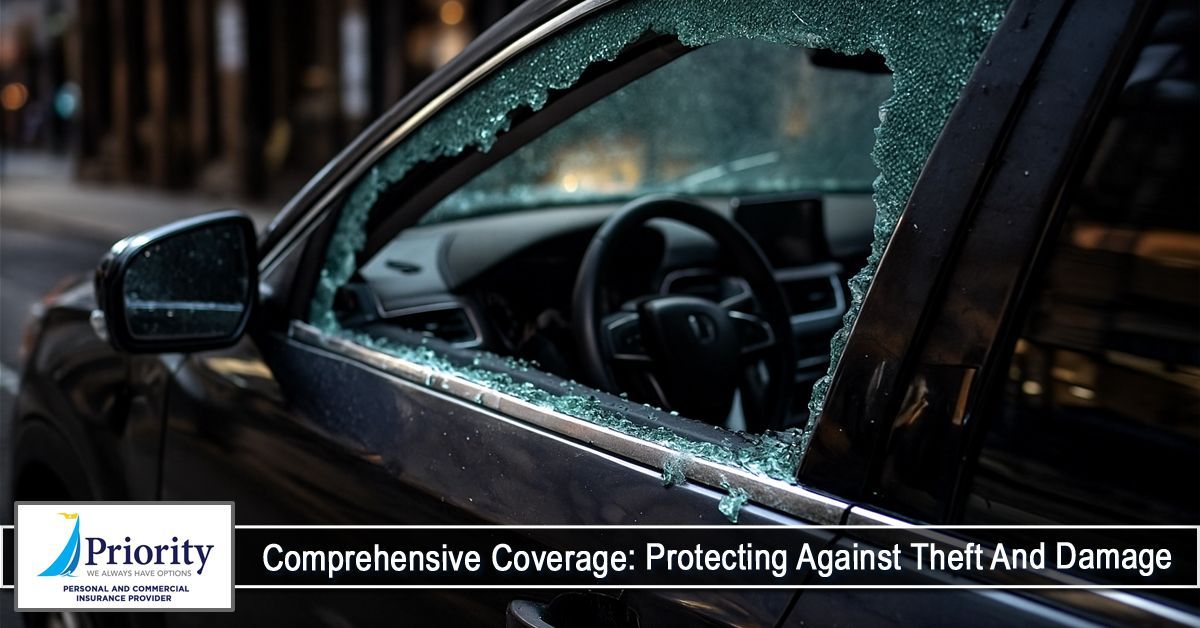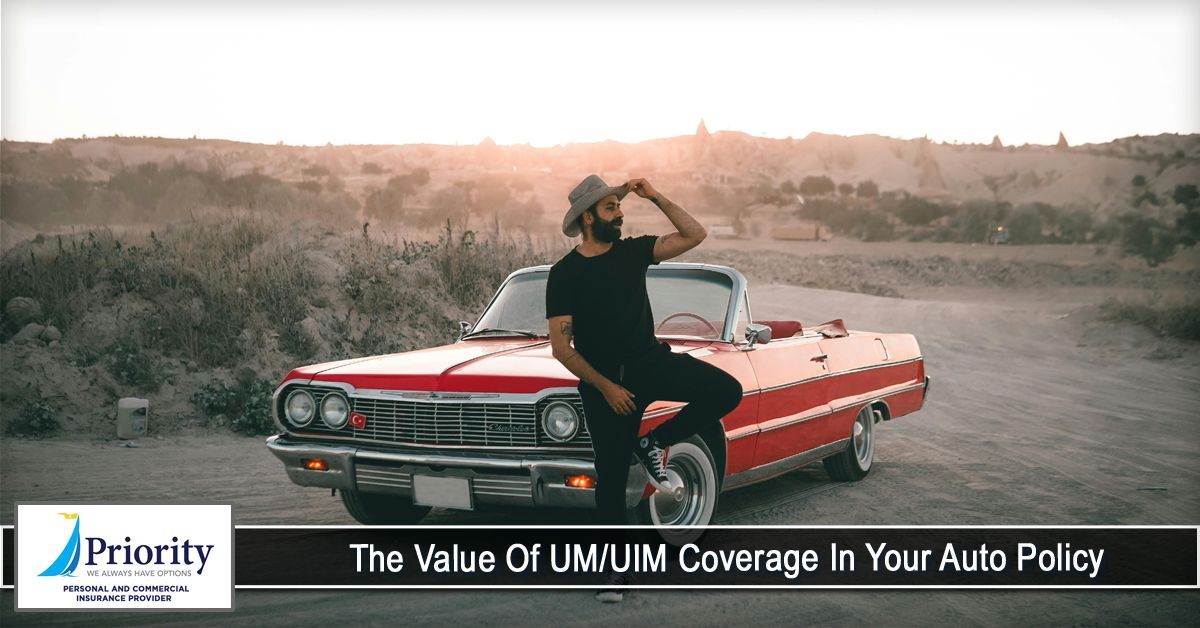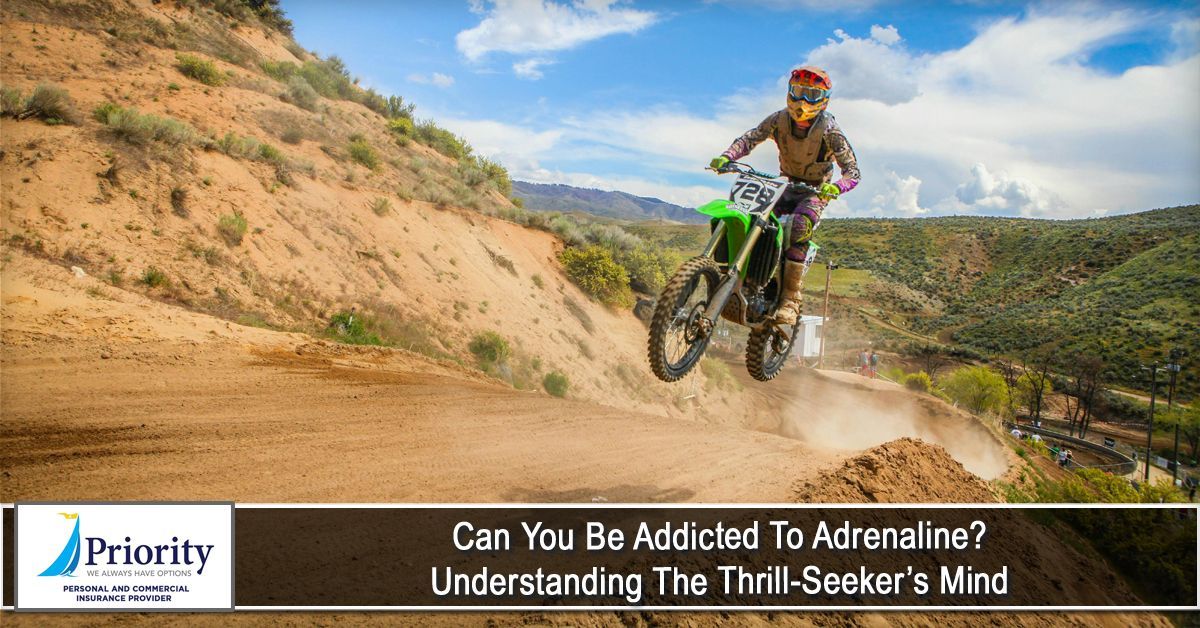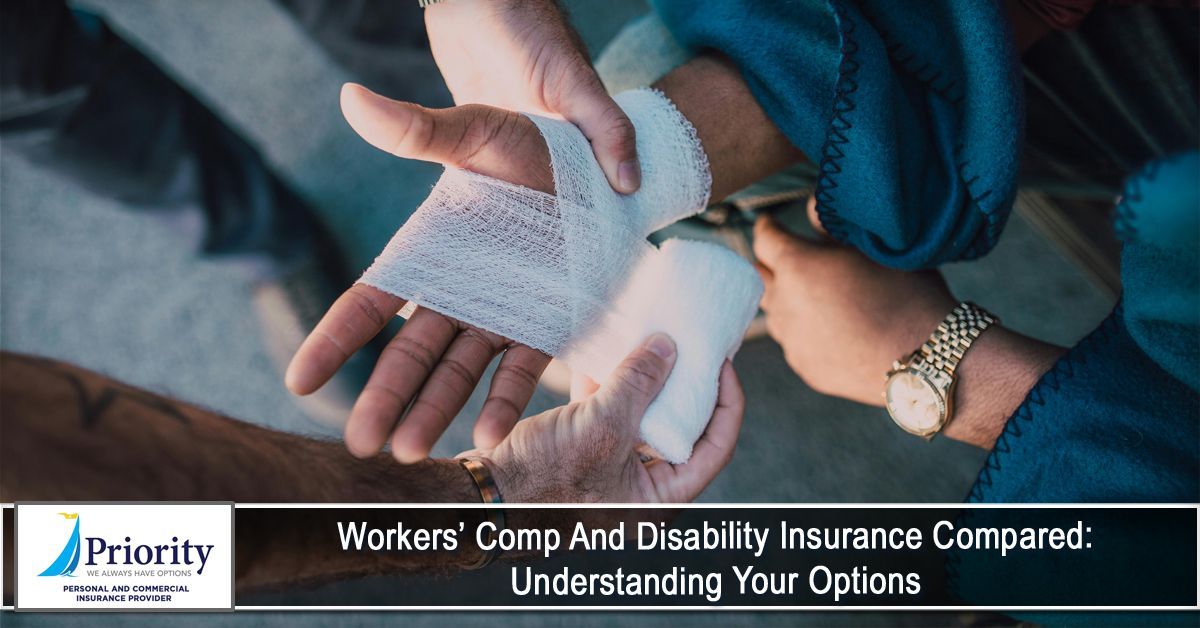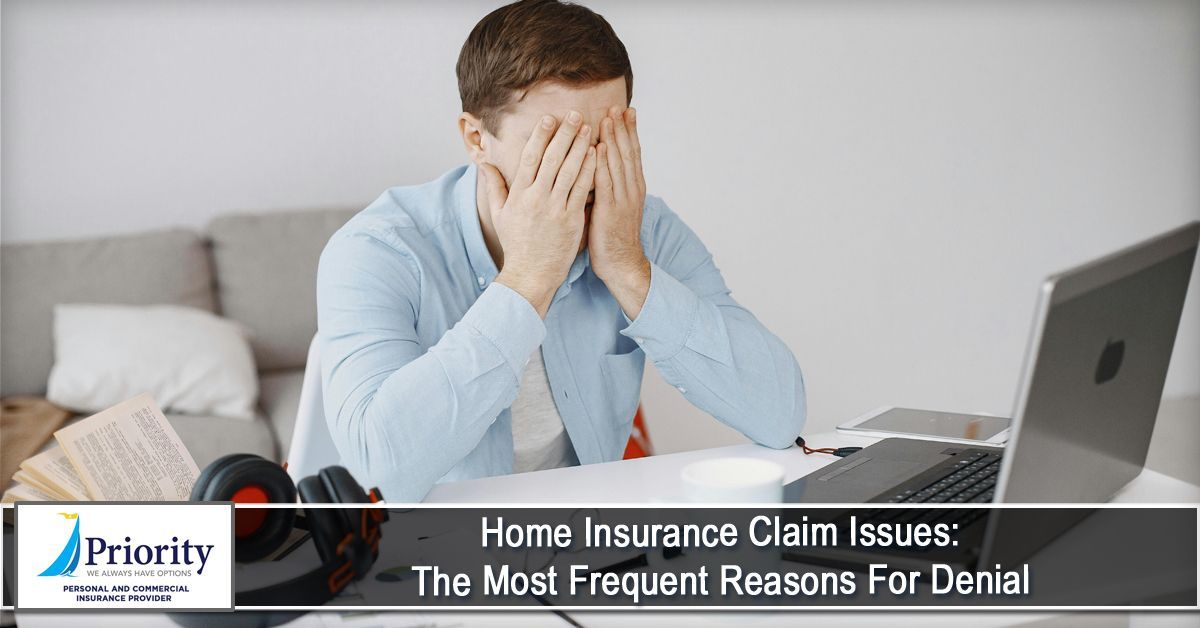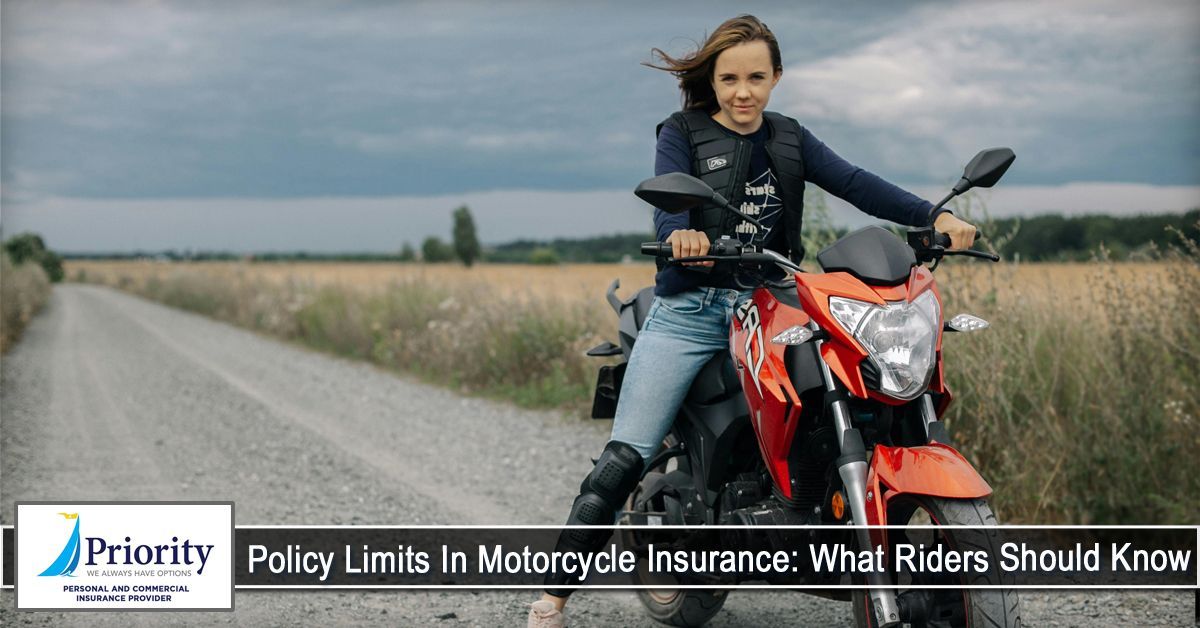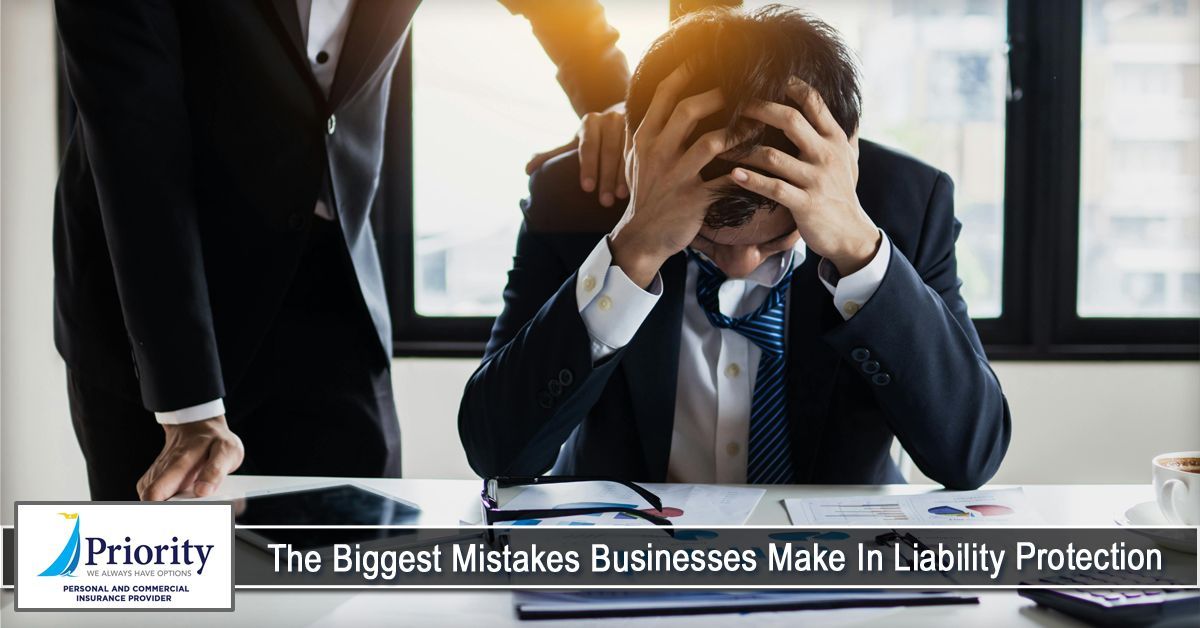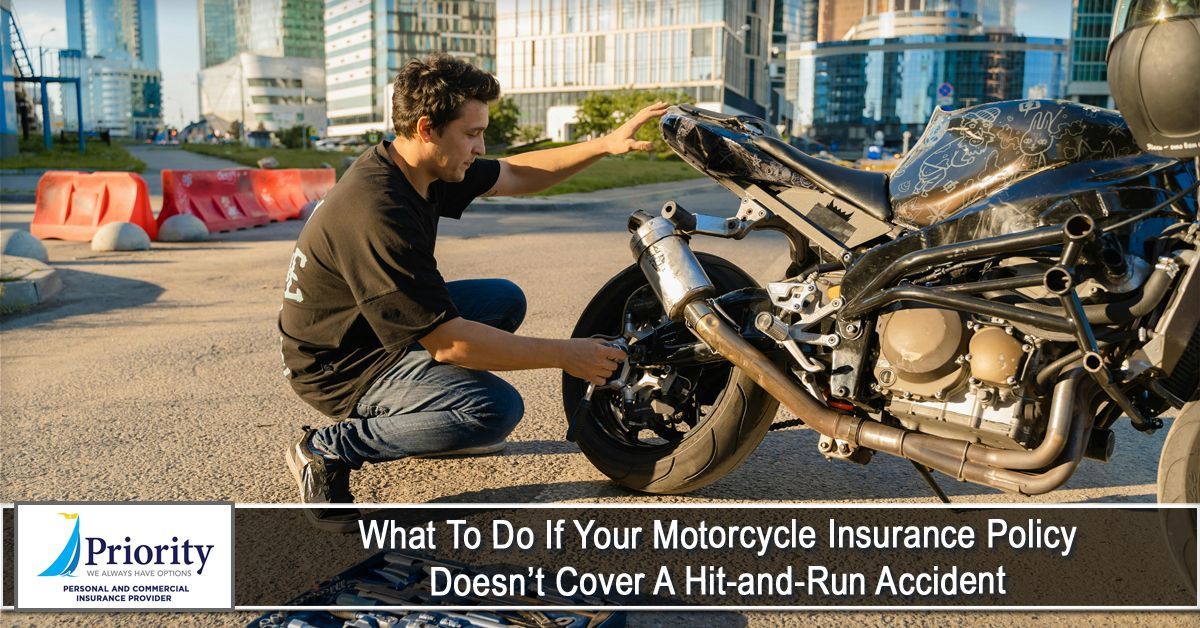
Being involved in a hit-and-run accident is frustrating and frightening—especially if you're on a motorcycle. These incidents often leave the rider injured and the bike damaged, with no responsible party to hold accountable. What’s worse? You may discover too late that your motorcycle insurance policy doesn’t cover hit-and-run accidents. If that happens, don’t panic. There are steps you can take to protect yourself, manage the situation, and prepare better for the future.
Understanding the Coverage Gap
Motorcycle insurance typically includes several coverage options, such as:
- Liability coverage
– required by law and covers damage or injuries you cause to others.
- Collision coverage
– pays for repairs to your bike after an accident, regardless of fault.
- Comprehensive coverage – covers non-collision incidents like theft, fire, or weather damage.
- Uninsured/Underinsured Motorist (UM/UIM)
– covers your injuries and sometimes property damage if you're hit by someone with no or inadequate insurance.
However, not all motorcycle policies include UM/UIM coverage, and even when they do, not all states require it to apply to hit-and-run accidents—especially for property damage.
What to Do Immediately After a Hit-and-Run on Your Motorcycle
- Call 911 and Get Medical Help
Your health comes first. Even if injuries seem minor, adrenaline may mask pain or trauma. - File a Police Report
This is crucial for both legal and insurance purposes. Provide as many details as possible about the vehicle and driver. - Document the Scene
Take photos of your bike, injuries, road conditions, and surrounding area. Look for skid marks, debris, or any identifying details. - Check for Witnesses or Surveillance Cameras
Nearby businesses, traffic cameras, or bystanders may have captured the incident. - Contact Your Insurance Provider
Even if your current policy doesn’t cover hit-and-runs, reporting the incident ensures your insurer has it on file and can explore other coverage options.
What If You’re Not Covered?
If your motorcycle insurance policy doesn't include coverage for hit-and-run accidents, you still have a few potential options:
1. Use Collision Coverage (If You Have It)
- Collision coverage may help pay for damage to your bike, even if the other driver can’t be identified.
2. Use Health Insurance for Injuries
- If you’re injured and UM coverage isn’t available, your personal health insurance may help with medical expenses.
3. Explore Victim Compensation Programs
- Some states offer financial aid for victims of crimes, including hit-and-run incidents. Check with your state’s program.
4. Talk to an Attorney
- If evidence can identify the driver or if your policy was misrepresented at the time of sale, legal advice may help recover damages or file a claim.
How to Protect Yourself Going Forward
- Add or Increase Uninsured/Underinsured Motorist Coverage
This coverage is often optional for motorcycles but extremely valuable in a hit-and-run or no-insurance scenario. - Ask About UM Property Damage (UMPD)
Not all UM policies cover property damage; verify and add it if available. - Carry Collision Coverage
While it won't help with bodily injury, collision coverage can still protect your bike in a hit-and-run. - Review Your Policy Annually
Make sure your coverage reflects your riding habits, bike value, and real-world risks. - Consider a Dash Cam for Motorcycles
A helmet or bike-mounted camera can provide critical evidence if another driver flees the scene.
Final Thoughts
Getting into a hit-and-run accident is bad enough—finding out you’re not covered can make things worse. But knowing your options and acting fast can help minimize the damage and prevent future gaps. Talk to your insurance agent regularly, understand your coverage details, and take proactive steps to stay protected.
Because on the road, you can't control what other drivers do—but you can control how prepared you are when they do the wrong thing.
At Priority Insurance LLC, we put our clients first by offering them policies that they can afford. Having insurance is a necessity nowadays, and we're here to help you out. Learn more about our products and services by calling our agency at (864) 297-9744. You can also request a free quote by CLICKING HERE.
Disclaimer: The information presented in this blog is intended for informational purposes only and should not be considered as professional advice. It is crucial to consult with a qualified insurance agent or professional for personalized advice tailored to your specific circumstances. They can provide expert guidance and help you make informed decisions regarding your insurance needs.
